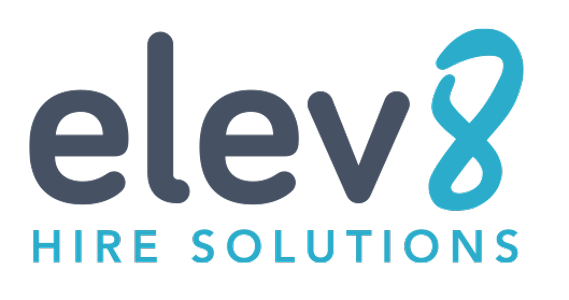
7 Tips for Virtual Onboarding New Hires
With the recent pandemic, a lot of our clients moved very quickly to a fully remote workforce. Much of this is familiar territory, but recruiting and hiring, this is a change. Several of our clients reached out for help with how to onboard new hires virtually. They are struggling transitioning to virtual interviewing and virtual onboarding.
This is a good time to invest in building out your virtual onboarding process, and we put together some of our top tactics to help make a smooth transition to remote workforces becoming the new norm.
First let's look at the success criteria we use to measure a well designed onboarding process:
- Ensure that new employees are immediately engaged in their work.
- Makes new hires feel comfortable while entering their new place of employment.
- Improves the overall integration for everyone on the team.
- Helps with current employee retention.
Now let's look at our top tactics to successful virtual onboarding of new hires.
1. Mail an onboard package a few days prior to starting.
Send an onboarding kit prior to them getting started, just as if they were starting at the office. Make sure they have all the equipment they will need to be able to have a productive work environment.
Ensure you send a copy of your Employee Handbook, unless yours is electronic, then direct them to it. Include an organizational chart, to help them know who’s who in the company. Be sure to provide any type of training material they will need that is not digital (you may want to think about starting to digitize that, if you have not already done so). And last but not least, include a schedule of expectations, so they know what to expect in their first days.
2. Create a playbook for the role.
Having a successful playbook takes a lot of the stress out of onboarding. A good playbook will have an introduction to the company culture as well as company wide policies, then role specific training material for their role. If you don’t have a playbook created, create a google sheet and add links to all your training material and any department or role specific material needed. You will likely have different playbooks for different roles. He is an example of one of ours.

If you have an orientation or training book made, that will work great as well.
3. Break the ice on the first day with the team.
We recommend doing a welcome video call with the team they will be working with. This helps to put faces to names and allows them to start building relationships. Add a fun ice breaker to the meeting to loosen everyone up. Perhaps have everyone share a fun fact about themselves like a favorite TV show they are binge watching, maybe how they are spending time with family during quarantine. This will help them get acquainted with everyone, and allows everyone to enjoy the experience of getting to know a new colleague.
4. Have a strong orientation schedule and tasks lists.
It’s essential to be extremely organized and have a detailed outline and schedule of what you expect from them day one and week one. Make sure you have scheduled everyone’s calendars according to who will be taking part in training of the new employee. First things first—make sure they have all their logins to all your tools, especially Slack or other internal communication tools, that way they can reach out to folks for help as needed. Use shared documents. Have an efficient tasks list established with due dates and expectations clearly laid out. Creating a task list ensures that each employee is assigned to a specific task, and projects are completed on time. This reduces any confusion amongst the employees.
5. Change it up.
When onboarding virtual employees with many responsibilities, break the training up into different parts and introduce them in phases. Confusion and misunderstanding interrupts workflow, but with organization and clear instructions employees know exactly what is expected from them. Breaking up the content into phases is an effective tactic to ease the learning process. Make sure your new hire fully understands what is expected from them before moving on to the next step. When responsibilities are introduced gradually, they can be mastered more quickly, resulting in more efficiency and productivity.
6. Favor video one-on-ones.
Make sure all meetings with management is done via video. This allows you to break down barriers, feel more personable. Plus, as a leader you will be able to gage their body language, which will give you more insight on how things are truly going.
7. Adjust as needed.
It’s easy to neglect the effectiveness of the program once it’s implemented. By regularly collecting feedback from new hires you can improve and adjust to ensure that they have a good start at your company.
Share your Experiences
What was the best or worst experience you had when trying to onboard a new virtual hire? Comment below!
